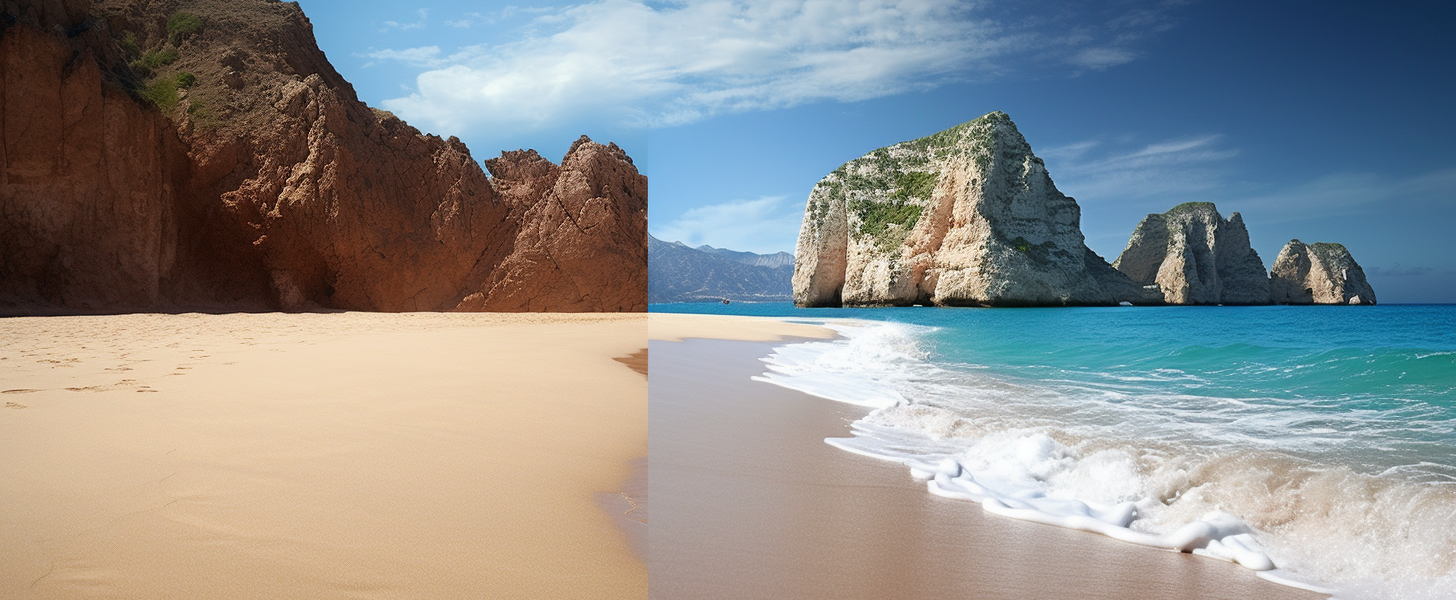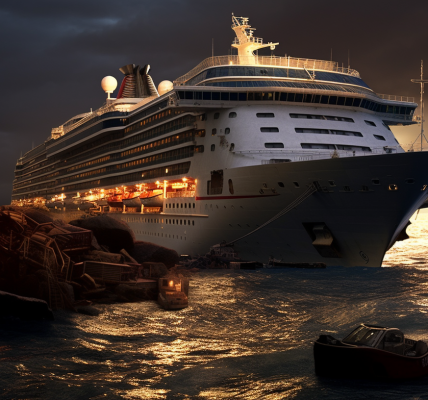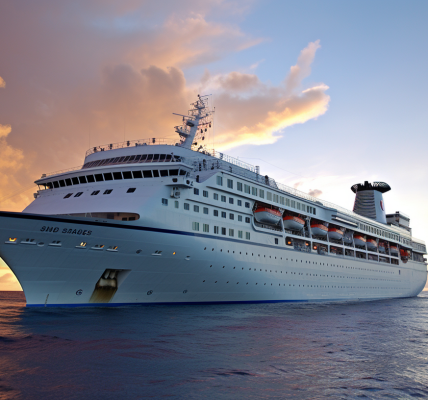Europe’s coastline is a tapestry of breathtaking landscapes, where the azure waters of the Atlantic meet the golden sands of the Mediterranean. From the sun-kissed shores of Spain to the rugged beauty of the Nordic fjords, the continent offers a diverse array of beach destinations for every type of traveler. Whether you’re seeking a serene escape or a vibrant seaside party, Europe’s beaches are as varied as they are stunning.
Spain, with its extensive coastline, is a beach lover’s paradise. The country boasts some of the most renowned beaches in Europe, such as the idyllic Playa de Ses Illetes in the Balearic Islands, where the crystal-clear waters rival those of the Caribbean. The Canary Islands, too, offer a unique beach experience with their black volcanic sands and year-round temperate climate.
Greece is another top contender for Europe’s best beaches. The Greek islands are legendary, with Santorini’s dramatic cliffs and Mykonos’ chic beach clubs creating an allure that is both ancient and thoroughly modern. Navagio Beach on Zakynthos, also known as Shipwreck Beach, is an iconic spot, famous for its rusting smuggler’s ship and surrounded by towering cliffs.
Italy’s coastline is a mosaic of charming coves and expansive bays. The Amalfi Coast, with its colorful cliffside villages, offers picturesque beaches like Positano’s Spiaggia Grande. Meanwhile, Sardinia’s Costa Smeralda is synonymous with luxury and exclusivity, its emerald waters and fine sands drawing a glamorous crowd.
France’s Riviera, or Côte d’Azur, is synonymous with seaside sophistication. The beaches of Nice, Cannes, and Saint-Tropez have long been the playground of the rich and famous, where the Mediterranean lifestyle is celebrated with a glass of rosé in hand.
Portugal’s Algarve region is a treasure trove of sandy stretches and hidden coves, with the golden cliffs of Praia da Marinha providing a stunning backdrop for sunbathers and cliff divers alike.
Croatia’s Adriatic coast is a newer entry to the beach scene but has quickly made a name for itself with its pristine waters and historic settings. The pebble beaches of Dubrovnik and the pine-fringed coves of the Dalmatian islands offer a tranquil retreat from the bustling cities.
While these destinations are just a glimpse of Europe’s beach offerings, they represent the best of what the continent has to offer. Each location not only provides sun, sea, and sand but also a chance to immerse oneself in the local culture, cuisine, and history.
FAQ:
Q: What makes the beaches of the Balearic Islands stand out?
A: The Balearic Islands are known for their clear turquoise waters and fine white sands, reminiscent of Caribbean beaches.
Q: Why is Navagio Beach in Greece also known as Shipwreck Beach?
A: Navagio Beach is home to the wreck of a smuggler’s ship, which ran aground in the 1980s, giving the beach its nickname and an intriguing focal point.
Q: What is the appeal of the French Riviera’s beaches?
A: The French Riviera combines natural beauty with luxury and a vibrant social scene, making it a favorite for travelers seeking both relaxation and glamour.
Q: Can you find sandy beaches in Croatia?
A: While many of Croatia’s beaches are pebbly, there are sandy options available, particularly on the islands and in private coves.
Explanations of Used Terms:
– Balearic Islands: An archipelago off the eastern coast of Spain in the Mediterranean Sea, known for its beaches, scenic beauty, and vibrant nightlife.
– Costa Smeralda: A coastal area in northern Sardinia, Italy, known for its crystal-clear waters, luxury resorts, and exclusive beaches.
– Côte d’Azur: Also known as the French Riviera, it is the Mediterranean coastline of the southeast corner of France, famous for its glamorous beach resorts.
– Dalmatian Islands: A group of islands in the Adriatic Sea, off the coast of Croatia, known for their historic towns, clear waters, and scenic beauty.
– Praia da Marinha: A beach located in the Algarve, Portugal’s southernmost region, known for its stunning cliffs and rock formations.









